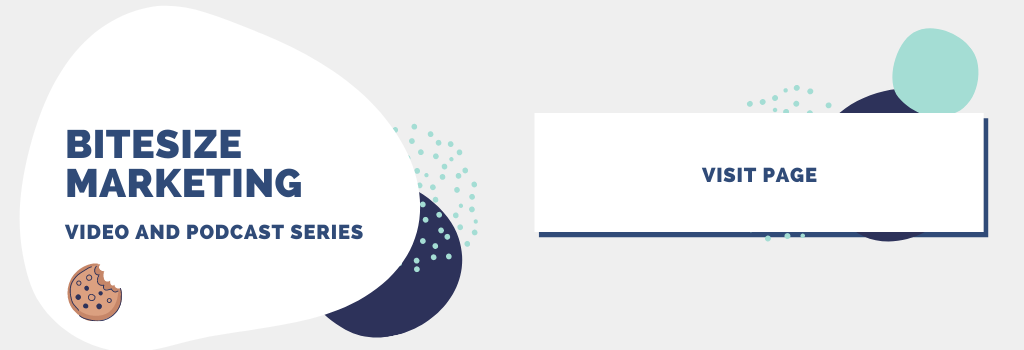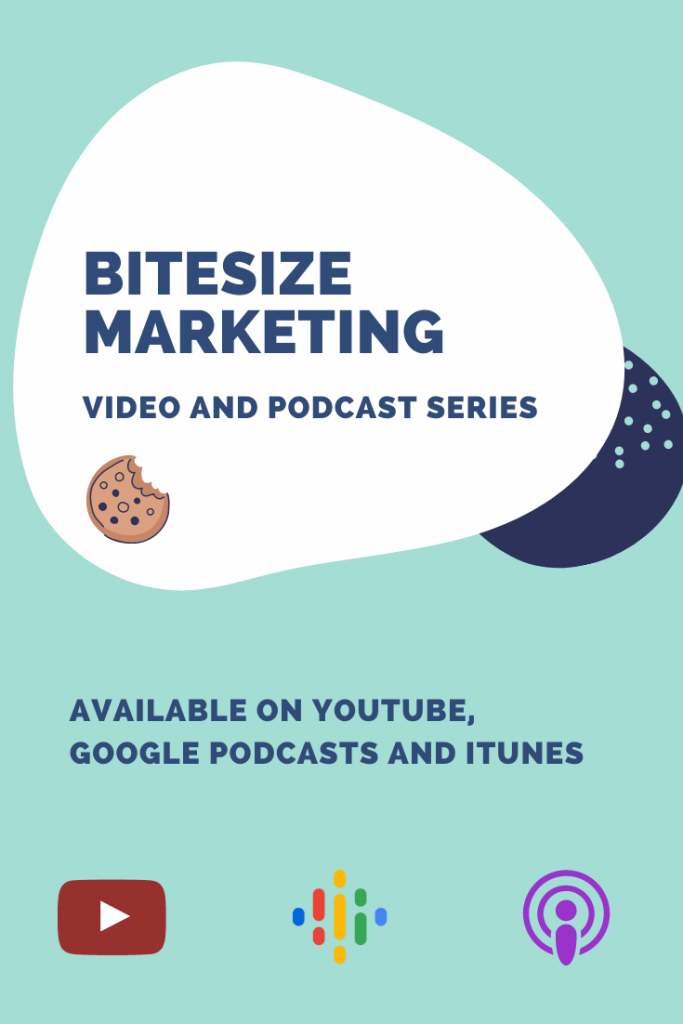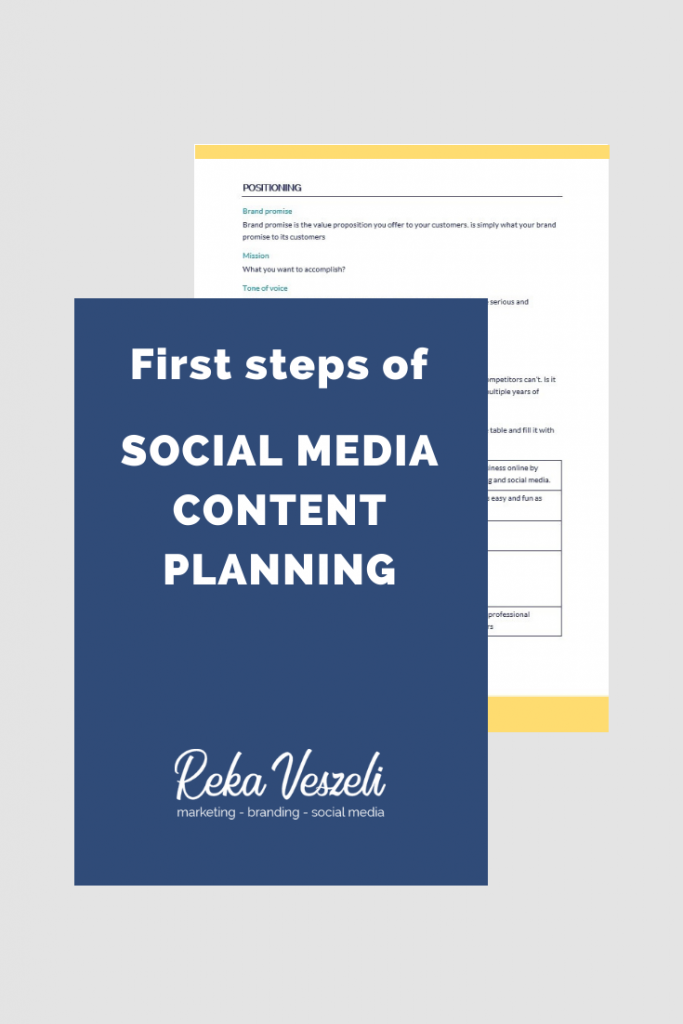
SEO vs SEM
definition, difference, how to use them
SEO and SEM are two abbreviations that you often hear when it comes to websites and advertising, but do you know what they mean? Don’t worry if you don’t – yet.
I promise, after this post you’ll feel confident to talk about them. We’ll also learn the components of SEO and the most important rules of PPC advertising.
You’d rather watch a video or listen to a podcast? Scroll down to the end of the post or go to the BiteSize Marketing page and check out Ep 6.
Disclaimer: This article contains affiliate links.
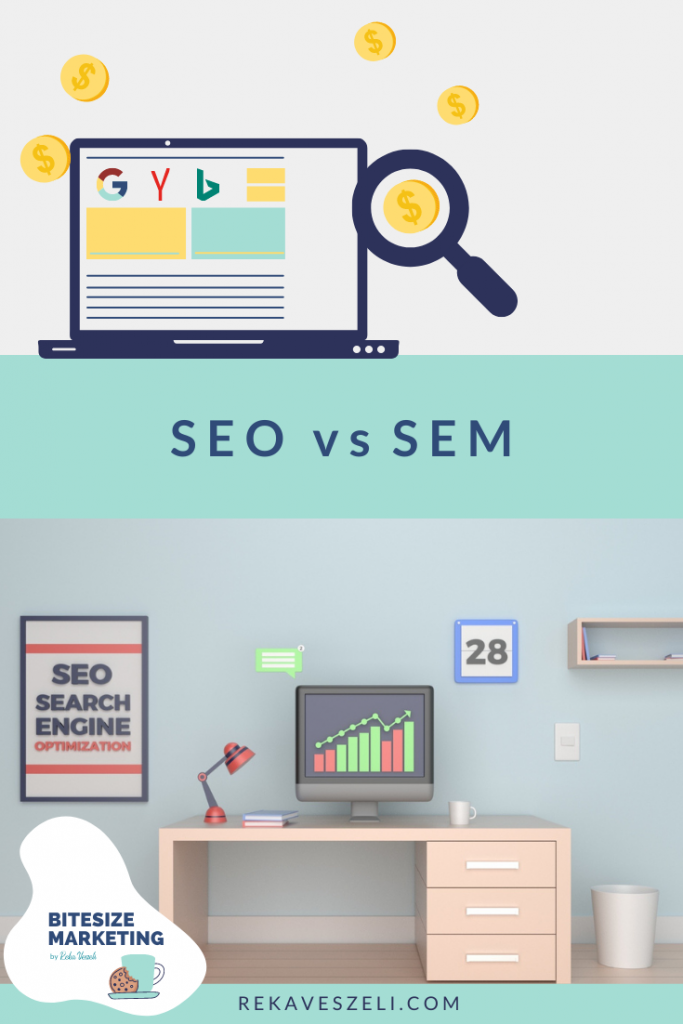
Made by Reka Veszeli, using Canva
Definitions
SEO or Search Engine Optimisation focuses on the visibility of your website. It’s the process of optimising your website to gain traffic from organic search results.
SEM stands for Search Engine Marketing. It’s an umbrella term that covers both organic and paid search tactics in order to drive traffic to your page or offer.
Components of SEO
Technical SEO
You apply Technical SEO to your website to make it easier for search engines to find you and validate you well. You can help it for example by using HTTPS or improving site speed.
Off-site SEO
Off-site SEO is about building a network. Search engines like to prioritize websites that seem credible and have a strong reputation – or related to pages with a strong reputation. By linking your website to other relevant websites and getting others to refer your page you are building a network, that’ll encourage search engines.
On-site SEO
On-site SEO means the things going on your site. Like including the right keywords to your title or image alt texts or improving the readability of the page or blog.
Paid search
Paid search is where search engines – like Google, Bing or Yandex – allow you to show ads on their search results pages. It works on a pay-per-click model, meaning you only pay when someone clicks on your ad. It means, that relevant keywords play an essential role in paid search tactics.

Photo by Pixabay on Pexels
Search Engine Marketing is an umbrella term that covers both organic and paid tactics in order to drive traffic to your page or offer. Paid search is also included in SEM tactics.
PPC - pay per click
As mentioned above, paid search works on a pay-per-click model. It means you only pay when someone clicks on your ad. Sounds great, right? Well…mostly. It means that if nobody clicks on your ad you won’t pay – but that means nobody is interested in your ad.
When you set up a PPC campaign you need to find the ideal keyword, that is relevant and popular. If at the same time the competition is low you found a jolly joker.
A/B testing
I’d like to mention A/B testing, which is a tactic often used in SEM. It means, that you run two different versions of an ad simultaneously at the beginning of a campaign to figure out which one performs better. Once you have clear results, you only go on with that one, that performed the best. You can – and should – test image, title and copy variants.
Some WordPress builders, like Divi also allows A/B testing, so you can use this method to optimise your website.
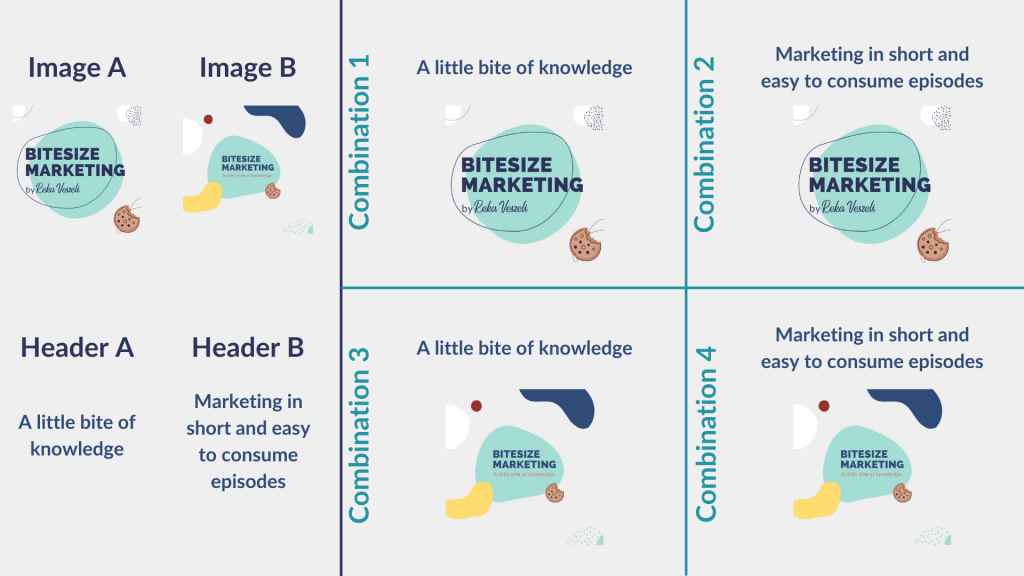
Image by Reka Veszeli. Made with Canva.
Related BiteSize Marketing episode
